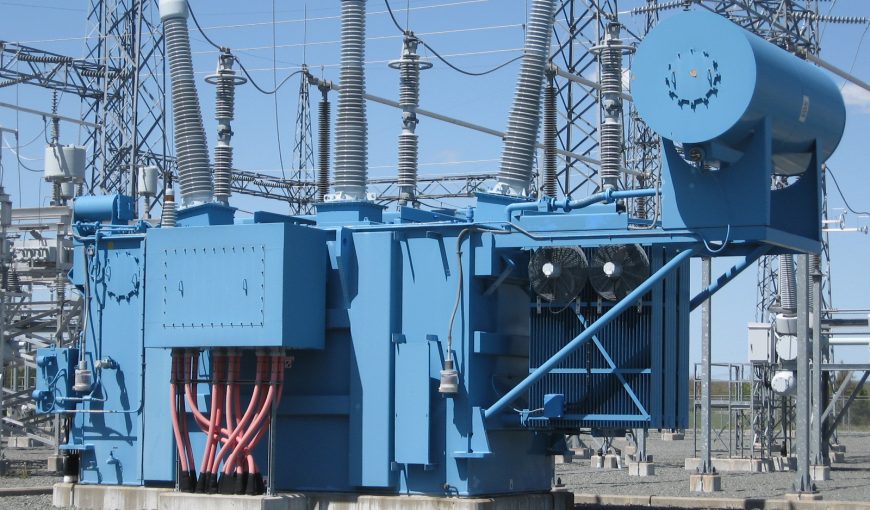Transformers are an essential component of the electrical power system, playing a crucial role in the generation, transmission, and distribution of electricity. These devices are responsible for transforming electrical energy from one voltage level to another, allowing for efficient transmission across long distances and safe distribution to end-users. If you are interested and want to know more about it go to this website.
What is a Transformer?
A transformer is an electrical device that consists of two or more coils of wire, known as windings, which are wound around a core. The windings are electrically insulated from each other and are designed to have different numbers of turns, resulting in different voltage levels across the windings.
Types of Transformers
There are several types of transformers used in the electrical power system, each serving a specific purpose:
- Power Transformers: These transformers are used to step-up or step-down the voltage level in the power system. They are typically used in substations to transmit electricity over long distances at high voltages and then step it down to a lower voltage for distribution to consumers.
- Distribution Transformers: These transformers are used to further step down the voltage level for distribution to residential, commercial, and industrial areas. They are usually located on utility poles or in pad-mounted enclosures and provide power to individual buildings or groups of buildings.
- Instrument Transformers: These transformers are used for measurement and protection purposes. Current transformers (CTs) are used to measure high currents in power systems, while potential transformers (PTs) are used to measure high voltages. They provide accurate and scaled-down measurements that can be used by meters, relays, and other protective devices.
- Auto Transformers: These transformers have a single winding with multiple taps, allowing for variable voltage output. They are often used in applications where a small voltage adjustment is required, such as in voltage regulators or motor starters.
- Isolation Transformers: These transformers are used to provide electrical isolation between the input and output circuits. They are commonly used in sensitive electronic equipment to protect against electrical noise, voltage spikes, and ground loops.
- Step-up Transformers: These transformers are used to increase the voltage level for long-distance transmission, reducing energy losses during transmission. They are typically found in power plants and substations.
- Step-down Transformers: These transformers are used to decrease the voltage level for distribution to consumers. They are commonly installed on utility poles or in substations near residential and commercial areas.
Role in Power Generation
Transformers play a crucial role in power generation, as they are used to step up the voltage generated by power plants for efficient transmission over long distances. High voltage transmission reduces the current required, minimizing energy losses due to resistance in the transmission lines.
Role in Power Transmission
Transformers are vital for power transmission, as they enable the efficient transfer of electricity over long distances. High voltage transmission reduces energy losses, as the power is transmitted at a lower current. This is achieved by stepping up the voltage at the power plant and stepping it down at the receiving end before distribution.
Role in Power Distribution
Transformers are essential for power distribution, as they step down the voltage levels from transmission to distribution levels suitable for end-users. They are located in substations and distribution centers, where the voltage is reduced further to levels suitable for residential, commercial, and industrial use.
Conclusion
Transformers play a critical role in the electrical power system, enabling efficient generation, transmission, and distribution of electricity. They step up the voltage for long-distance transmission, step it down for safe distribution to end-users, and provide isolation and grounding. Transformers are crucial for maintaining the reliability and stability of the power grid, and their efficiency is essential for minimizing energy losses. As the demand for electricity continues to grow, transformers will remain an integral part of the power system, ensuring the reliable and safe delivery of electricity to consumers.
